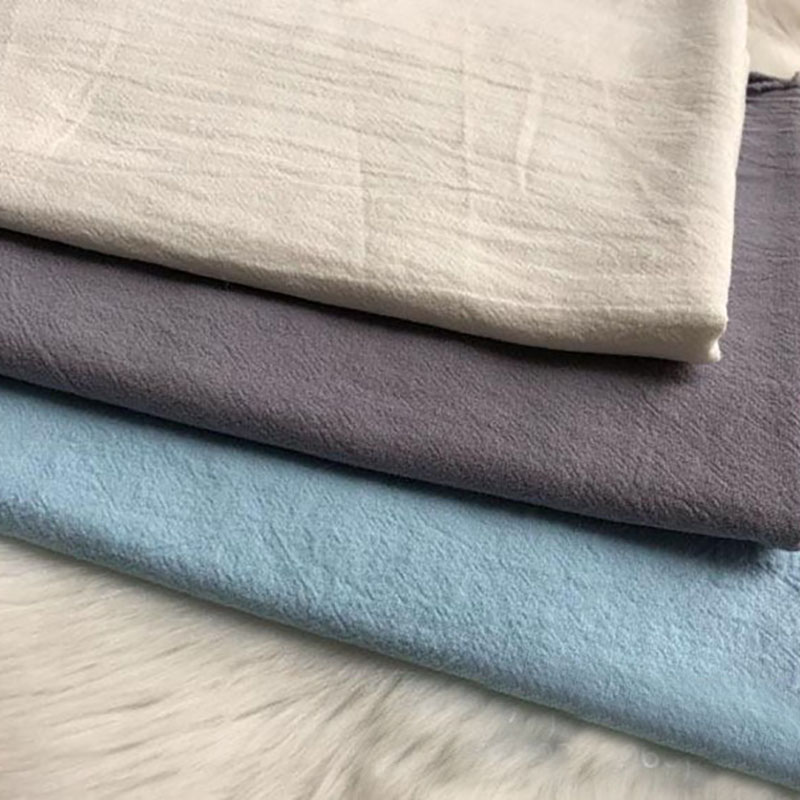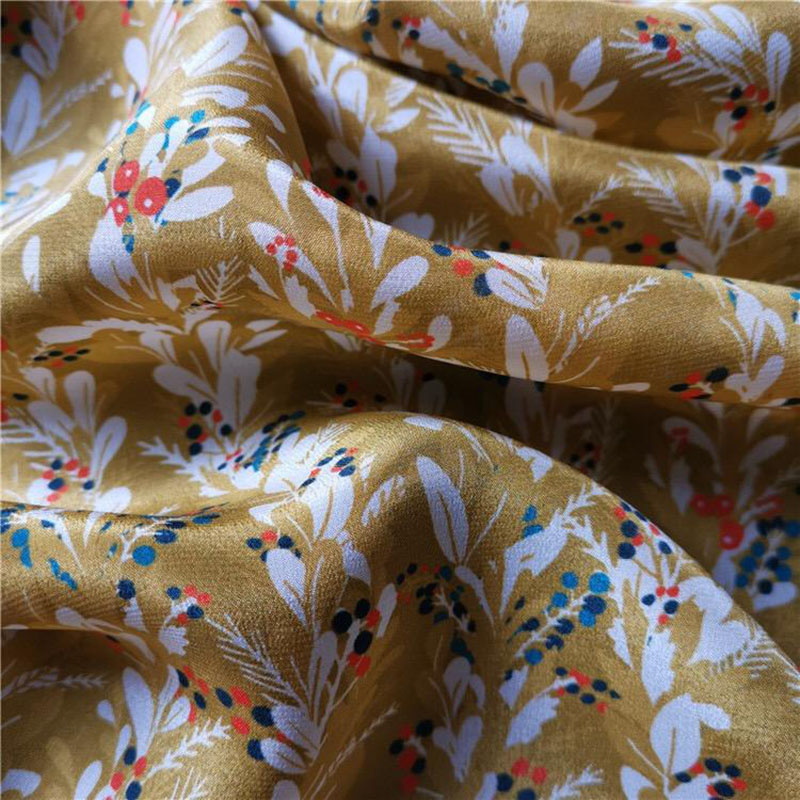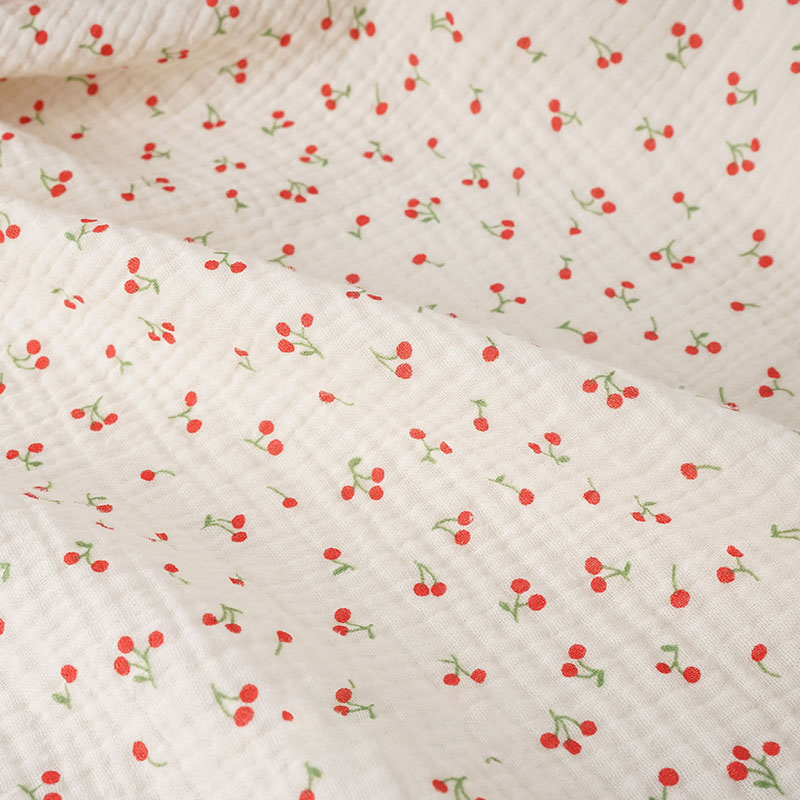As consumers' demands for functional and fashionable clothing continue to increase, wrinkle-resistant fabrics are becoming increasingly important in the clothing industry. This fabric not only improves the wearing experience of clothing, but also gives brands an advantage in market competition. This article will explore the technological innovation of wrinkle-resistant fabrics and their application prospects in the future clothing industry.
The technology of wrinkle-resistant fabrics has undergone a transformation from traditional chemical treatment to modern high-performance fibers. Through advanced technologies such as heat setting and polymer polymerization, this type of fabric can effectively resist wrinkles and maintain the durability of the shape of clothing. 
In order to adapt to the rapidly changing market demand, clothing brands need to pay attention to consumers' pursuit of comfort and easy maintenance. Wrinkle-resistant fabrics not only meet this demand, but also provide brands with a differentiated advantage in the fierce competition. At the same time, with the increasing awareness of environmental protection, the use of sustainable materials is also an important direction for future development.
The design of wrinkle-resistant fabrics plays an important role in the fashion trends of clothing. Combining fashion elements with practicality, designers can create clothing that is both stylish and easy to care for, thus meeting the diverse needs of consumers to the greatest extent possible. 
Wrinkle-resistant fabrics have great potential in the future of the clothing industry. With the continuous advancement of technology and changes in market demand, their application scope will be further expanded. Clothing brands should seize this opportunity to enhance product competitiveness and achieve sustainable development. 
